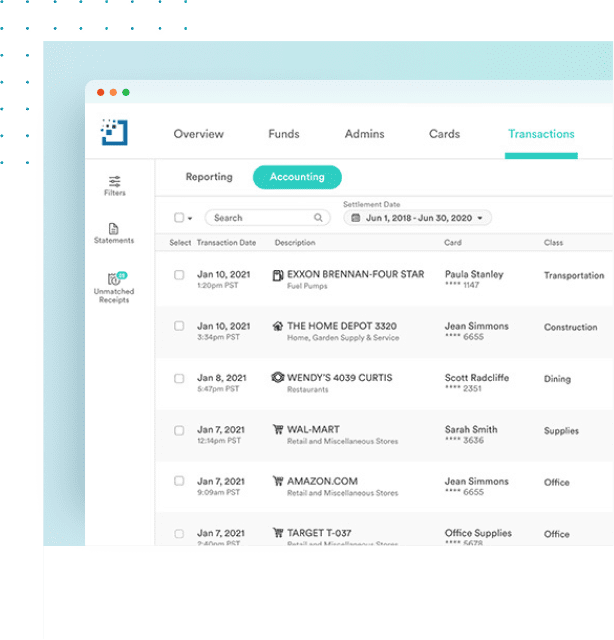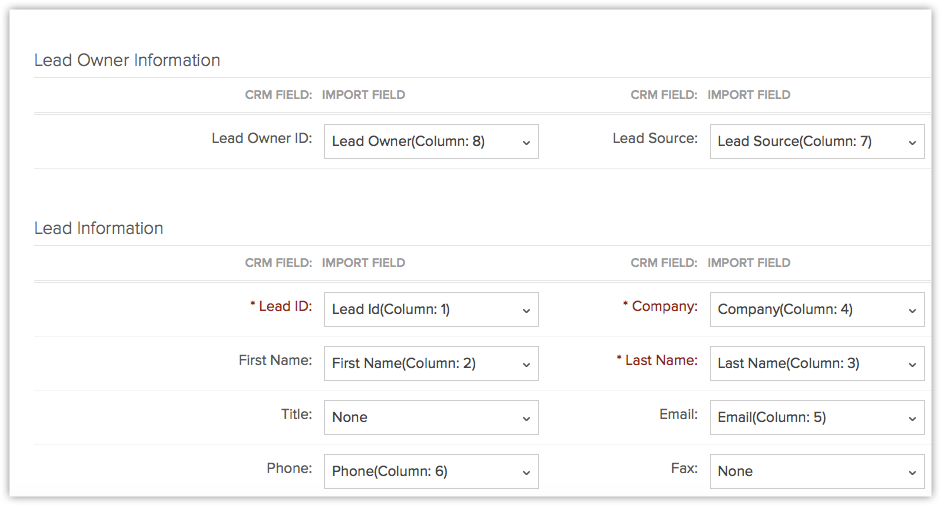
Nor will you get the beautiful Bento theme you designed your Library with if you exchange a database with someone else using any of the supported file formats. No matter which you use, however, none of them works with the special-field content Bento allows-digital media, for example. Version 2 doesn't introduce any new templates, but it does introduce ten new Themes-background colors or textures and fonts, including new ones that mimic bookcase wood and swimming-pool water.įortunately, CSV is no longer the only format for transferring data to and from-you can also use Excel and Numbers (the iWork database) formats. That presents you with 24 template options, categorized under Education, Personal, and Work, in addition to a Blank template. You'll find the choices readily available when you click on the Home window's "Create a library to store data" choice. With Version 2, you can also get a library template from a friend.

The View menu lets you turn off either side panel or both, so you can see just your records.Īfter taking advantage of the preexisting Address Book and iCal libraries, it's time to get started using Bento to create your own new libraries, which you can do in any of several ways: with the help of a prebuilt template, from scratch using the blank template, or by importing from a CSV file. You'll see your libraries listed down the left-hand side of the interface and on the right, all the fields available in the library you've selected on the left. When I popped the final release disc into my Mac, the installer greeted me with a Home window from which I could start using the software, watch a "learn about" video, or, if I wanted, set up integration with Address Book and iCal, creating a "library" (Is the term database really so scary? Library seems murky to me rather than friendly.).- Next: Everyone Can Be a Librarianīento stores information at four levels: libraries, collections, records, and fields-each a superset of the next. Happily, any information I added to a contact in Bento was immediately updated in Address Book, and vice versa. But the company points out that setting up Bento to work with those programs lets you use the information in, say, databases for projects or events.
#Bento import idatabase mac#
Mac users may say (as I did) that both these apps already work just fine as standalones, and there's no need for another way to access them. The Leopard OS enables other apps to interact with Address Book and iCal. The executable is far smaller-66MB versus 300MB for FileMaker, but still notably larger than the original Bento's 27MB. In addition to Leopard, you'll need at least 512MB of RAM (1GB is better) and a system built around a G4, a G5, or Intel processor running at 874 MHz or more.
#Bento import idatabase mac os x#
You do lose much of the latter's power, though, and like Pro 9, the new product runs only under Mac OS X Leopard.

Bento also costs far less: It sells for $49 (direct) versus $299 for FileMaker Pro 9. It's certainly simpler than FileMaker, long our Editors' Choice for personal and small-business databases. And Version 2 doesn't get away from this terminology, which may scare off nontechnical users.

If you use it extensively, you'll notice that FileMaker's Bento is, at heart, a database management program with records, fields, tables, forms, and all the rest.
#Bento import idatabase software#


 0 kommentar(er)
0 kommentar(er)
